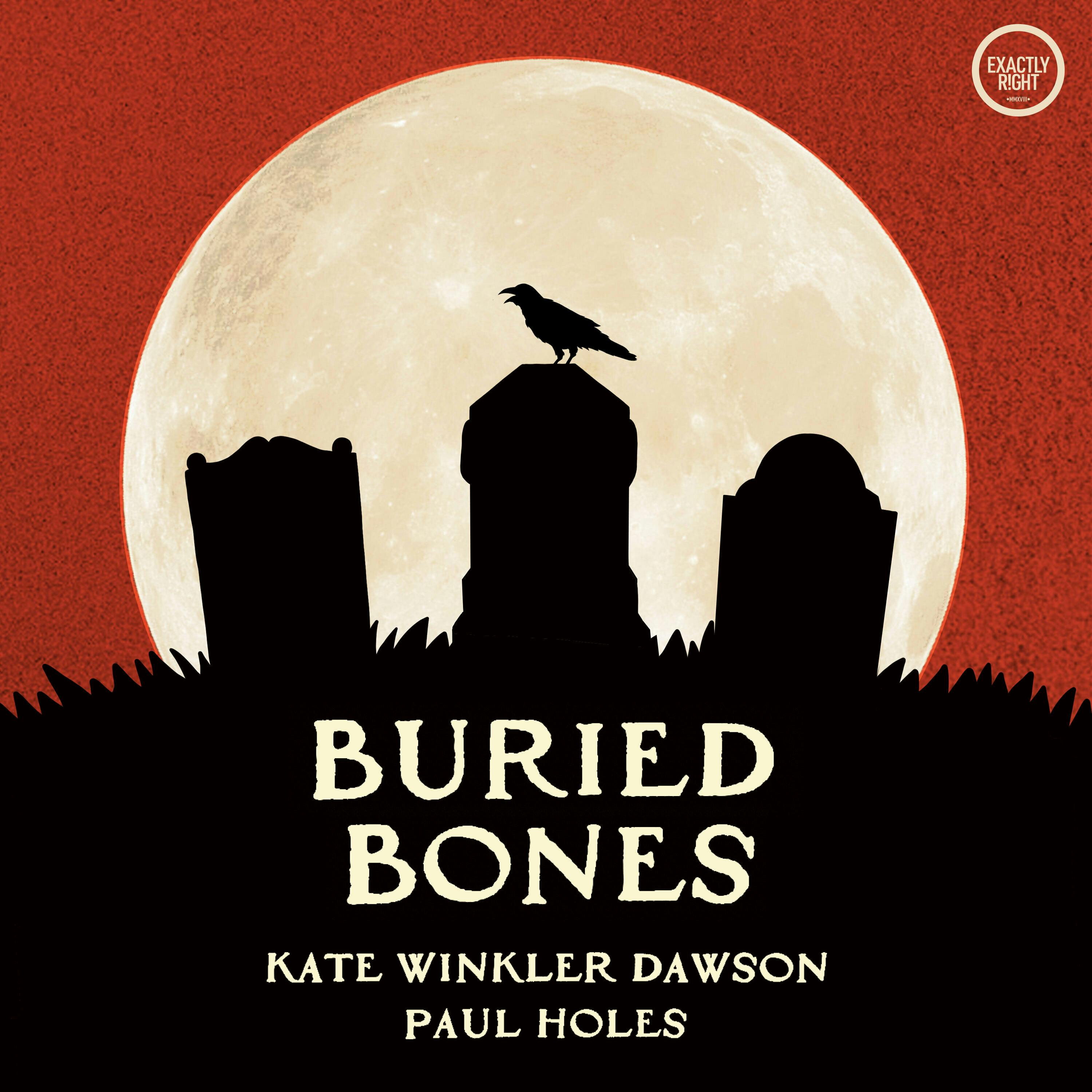
St. Aubin Street Massacre PT 2

Buried Bones - a historical true crime podcast with Kate Winkler Dawson and Paul Holes
Deep Dive
Why did the police focus on Angelo DePoli and Umberto Pecchio in the St. Aubin Street Massacre investigation?
The police focused on Angelo DePoli and Umberto Pecchio because they were among the last people to see Benny Evangelist alive, aside from the killer. They visited Benny's house on the night of the murders to make a payment for a property purchase. During the investigation, a short axe and a long curved banana knife with reddish stains were found in Angelo's barn, leading to his brief arrest and release due to lack of conclusive evidence.
Why did the police dismiss the Black Hand as a potential suspect in the St. Aubin Street Massacre?
The police dismissed the Black Hand as a potential suspect because, by 1929, the Black Hand was largely defunct and had evolved into more traditional organized crime. Additionally, the most recent threatening letter from the Black Hand was dated six months before the murders, and it seemed unlikely that the group would still be involved in extorting money from Italian immigrants.
Why did the police consider the possibility of Benny Evangelist's involvement in the occult as a significant factor in the St. Aubin Street Massacre?
The police considered Benny Evangelist's involvement in the occult significant because they found a bizarre altar in the basement of his home, complete with wax figures and a large electrically lit eye. Benny was known as a religious fanatic and an all-divine prophet who claimed to receive visions from God. He also had a history of conducting animal sacrifices and providing services like hexes and herbal remedies. This suggested that the murders could have been part of a ritualistic or religious act.
Why did the police and the hosts speculate that Benny Evangelist might have orchestrated his own family's murder?
The police and the hosts speculated that Benny Evangelist might have orchestrated his own family's murder due to the peculiar scene at the crime site, including the placement of photos of his deceased child around his body and his hands in a prayer position. Benny's known involvement in the occult and his religious fanaticism suggested that he might have had a specific, ritualistic reason for the murders. The hosts also considered the possibility that Benny had a devoted follower who carried out his wishes.
Why did the police dismiss Robert Harris as a suspect in the St. Aubin Street Massacre despite his confession?
The police dismissed Robert Harris as a suspect despite his confession because his fingerprints did not match those found at the Evangelist home. Additionally, his confession lacked specific details that were not publicly known, and his mental health issues and different religious beliefs (Islam) made it unlikely that he was involved in the crime. The hosts believed his confession was more likely a false one from a person seeking notoriety.
- Evangelist family found murdered
- Angelo DePoli and Umberto Pecchio questioned
- Weapons with reddish stains found in DePoli's barn
- Inconclusive evidence led to suspects' release
Shownotes Transcript
In this episode, the concluding part of a two-parter, Paul and Kate return to 1929 Detroit and continue with the investigation of a slain family. Assessing the patriarch's personal and business life leads to an unexpected aspect that cannot be understated or ignored.
Support this podcast by shopping our latest sponsor deals and promotions at this link: https://bit.ly/4buCoMc)
Learn more about your ad choices. Visit megaphone.fm/adchoices)